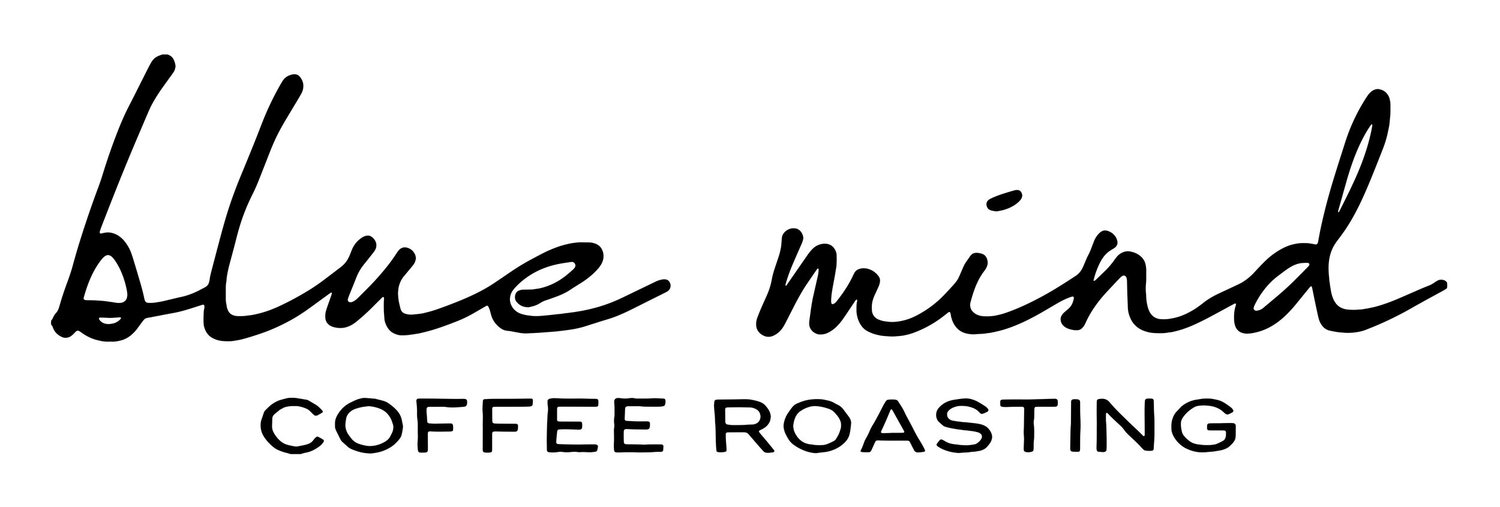BREWING GUIDE
There are many ways to brew coffee. The brewing process can vary as much as the roasting process, with different methods highlighting different elements of the coffee. Ultimately, your taste will determine how you brew, and so don't be afraid to experiment and find what works for you. You don't need to be an expert to care about brewing. Below are some simple points to get you started.
Grinding
It is always best to grind beans right before using them. Burr grinders are preferable to blade grinders because they provide a better, more even grind. But no matter what you grind with, doing it right before brewing will always result in a fresher tasting cup than pre-ground coffee. Generally speaking, the finer you grind the coffee, the stronger it will taste.
Water Quality and Temperature
Water quality is critical to good coffee. Tap water is generally not preferable, especially if it imparts a strong flavor like chlorine. Filtered or bottled water works very well (but avoid distilled water). Optimum water temperature for coffee brewing is between 195-205 F. To hit this range without a thermometer, boil the water, turn off the heat, and let it sit 30-60 seconds.
How Much Coffee to Use
To begin, try 1-2 tablespoons per 5 fl oz cup and adjust as necessary. Ideally, coffee-to-water ratio is determined by weight, which means the use of a gram scale. A ratio of 1g of coffee per 15g (or ml) of water is a good starting point. Again, you should adjust based on taste. If it is too strong, try less coffee. If it is too weak, try more. Keep in mind that coarseness of the grind and time of the brew will also affect strength of the coffee.
Timing
Time of brew will vary, depending upon what kind of brewing device you use, how coarse your grind is, and how much coffee you use. A good range to shoot for is between 3-6 minutes, with adjustment as needed.
Brewing Devices
Brewing devices are in abundance, ranging from the simple to the complex. Besides the standard automatic drip pot, many manual devices have become popular in the coffee world, each with its strengths and weaknesses. You do not need a sophisticated device to brew great coffee, but, at the same time, there is nothing to be afraid of (and a lot of fun to be had) if you want to try something new. Most devices on the market fall into two basic categories:
Immersion Brewing
Ground coffee is fully immersed in water for a given period of time. Examples include: French Press, Aeropress, Clever Dripper. For a good introduction, see prima-coffee.com/blog/a-beginners-guide-to-immersion-coffee-brewing
Pour Over Brewing
Water is continually poured over the ground coffee for a given period of time. Examples include: Chemex, v60, Kalita Wave. For a good introduction, see prima-coffee.com/blog/a-beginners-guide-to-pour-over-coffee-brewing or https://caffeinetalk.com/how-to-make-a-perfect-pour-over-coffee/
To Sum Up
There is a lot of variation in coffee brewing, and the rules are flexible. The information above provides a general starting point, but for specific devices we like to check the accompanying manual, then compare it to one or two recipes from a trusted source, such as you would find here: brewmethods.com. Other than that, find what works for you and don't be afraid to experiment. Happy brewing!

